Description
Humagropin 100iu
In the rapidly evolving world of veterinary medicine and animal husbandry, the quest for improving animal growth, performance, and overall health remains paramount. Among the innovative solutions gaining attention is Humagropin, a recombinant form of porcine somatotropin (pST). While traditionally used in swine production, recent discussions and preliminary research have explored its potential applications in equine care, especially for enhancing growth and recovery in horses.
What is Humagropin?
Humagropin is a recombinant form of porcine somatotropin (pST), a growth hormone naturally produced in pigs. It belongs to the class of growth hormone (GH) analogs designed to stimulate growth, metabolism, and tissue regeneration.
The Origin and Development
Originally developed to enhance growth rates and feed efficiency in swine, Humagropin has been engineered via recombinant DNA technology, allowing precise production of the hormone in laboratory settings. Its structural similarity to natural somatotropin enables it to bind to GH receptors across various species, influencing cellular processes.
Why Consider Humagropin for Horses?
While humans and animals naturally produce their own GH, exogenous administration of GH analogs like Humagropin can potentially:
- Promote muscle growth
- Enhance tissue repair
- Improve recovery from injuries
- Support metabolic health
However, it’s essential to note that the use of Humagropin in horses is experimental and not widely approved or established within veterinary medicine. Its potential benefits must be balanced with safety considerations and regulatory compliance.
Composition and Presentation of Humagropin
Composition
Humagropin is formulated as a recombinant protein, containing synthetic porcine somatotropin. Its key components include:
- Recombinant porcine somatotropin (pST): The active hormone, identical to naturally occurring GH in pigs.
- Excipients: Stabilizers, preservatives, and diluents to maintain stability and facilitate injection.
Benefits of Humagropin in Horses
While primarily designed for swine, the theoretical application of Humagropin in horses revolves around its growth-promoting properties. Some potential benefits include:
1. Enhanced Muscle Growth and Development
GH stimulates protein synthesis, leading to increased muscle mass. In performance horses, this could translate to improved strength and conditioning.
2. Improved Recovery from Injury
GH has tissue regenerative properties, potentially accelerating healing in musculoskeletal injuries, tendons, and ligaments.
3. Support for Nutritional Efficiency
GH influences metabolism, promoting better utilization of nutrients and possibly reducing fat deposition while increasing lean mass.
4. Bone Density and Strength
GH plays a role in bone growth and remodeling, which might benefit young, growing horses or those recovering from bone injuries.
5. Potential Anti-Aging Effects
Some studies suggest GH can support cell regeneration, potentially benefiting aging horses in maintaining muscle tone and overall vitality.
Dosage and Administration of Humagropin in Horses
Important: The use of Humagropin in horses is experimental, and there are no officially approved dosing regimens. The following information is for informational and research purposes only. Always consult a qualified veterinarian before considering any hormonal therapy.
General Principles
- Route of administration: Subcutaneous injection.
- Frequency: Typically once daily or as prescribed by a veterinarian.
- Dosage: Doses are usually calculated based on body weight and the specific purpose of therapy.
Example Dosage Regimen (Hypothetical)
| Parameter | Typical Dose (Research/Experimental) |
|---|---|
| Horse weight | 500 kg (approximately 1100 lbs) |
| Dose | 0.1 to 0.3 mg/kg body weight per day |
| Administration | Subcutaneous injection daily for 7-14 days |
Note: Dosing varies according to the purpose (growth promotion, injury recovery), and overdosage may lead to adverse effects like insulin resistance or joint issues.
Administration Tips
- Use sterile technique to prevent infections.
- Reconstitute Humagropin properly if in powder form.
- Monitor the horse closely for any adverse reactions.
- Maintain consistent administration schedule.
Safety and Precautions
Given that Humagropin is not specifically approved for use in horses, caution is paramount:
- Potential Side Effects:
- Insulin resistance
- Lameness or joint swelling
- Abnormal bone growth
- Allergic reactions
- Regulatory Considerations:
- Off-label use may breach legal or ethical standards.
- Use of hormonal therapies should comply with local veterinary regulations.
- Monitoring:
- Regular blood work to assess metabolic parameters.
- Observation for behavioral or physical changes.
- Periodic imaging if necessary.
- Contraindications:
- Pregnant or lactating mares.
- Horses with underlying metabolic or endocrine disorders.
Ethical and Legal Aspects
Using Humagropin in horses raises ethical questions, especially regarding animal welfare and the potential for misuse in competitive settings. It is crucial to:
- Obtain appropriate veterinary oversight.
- Use for legitimate medical or research purposes.
- Avoid misuse for performance enhancement in competitive sports, as it may be prohibited.
Research and Future Perspectives
While current evidence is limited, ongoing research explores growth hormone analogs in equine medicine. The potential benefits must be weighed against risks, and more clinical trials are necessary to establish safety, efficacy, and regulatory approval.
Presentation
Humagropin typically comes in vial or pen formulations, designed for subcutaneous injection. Common presentations include:
- Lyophilized powder: Reconstituted with sterile water before administration.
- Pre-filled pens or syringes: For ease of injection and dosing accuracy.
The concentration of Humagropin varies depending on the manufacturer, but standard doses for research or experimental use are usually well-defined. Primobolan 100
Conclusion
Humagropin (porcine somatotropin) represents an intriguing avenue in veterinary science, with potential applications in horse growth promotion, injury recovery, and metabolic support. However, due to its experimental status and safety concerns, its use should be confined to research settings under veterinary supervision.
For horse owners and veterinarians interested in innovative therapies, staying informed about emerging research and adhering to ethical standards are paramount. As the field advances, future developments may clarify the role of Humagropin and similar growth hormone analogs in equine medicine.


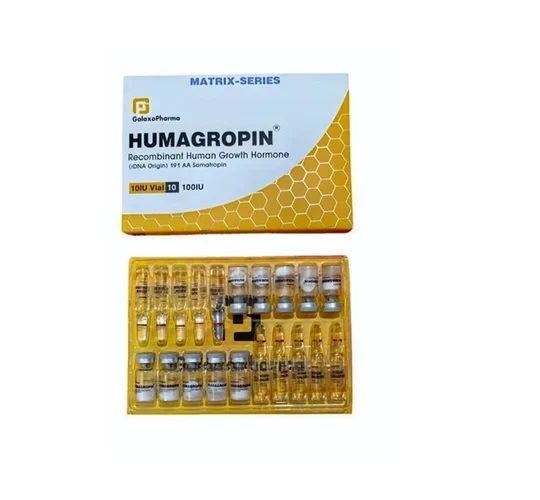
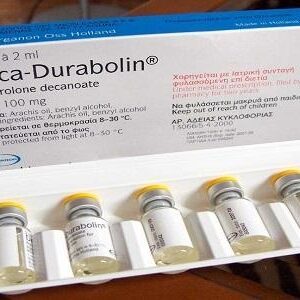
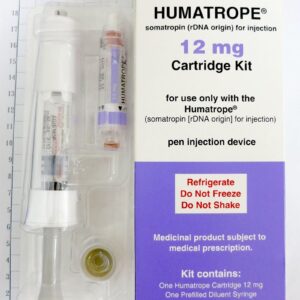
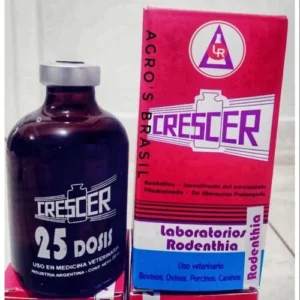
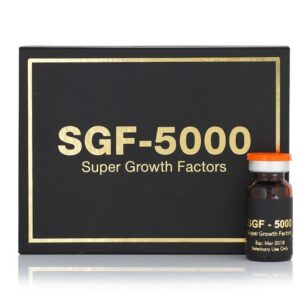
Reviews
There are no reviews yet.